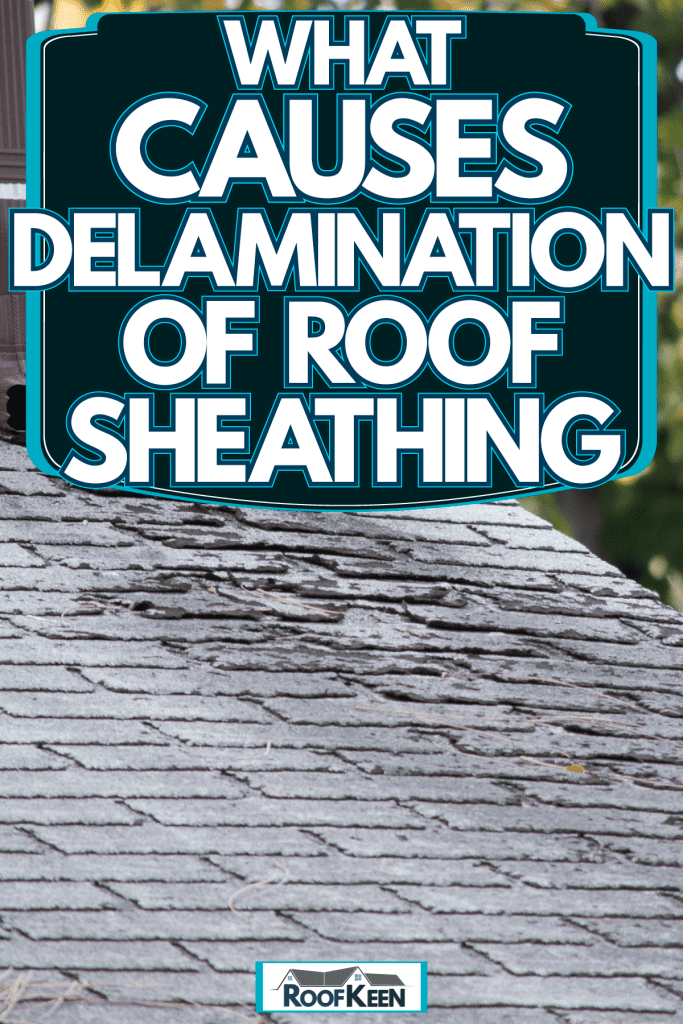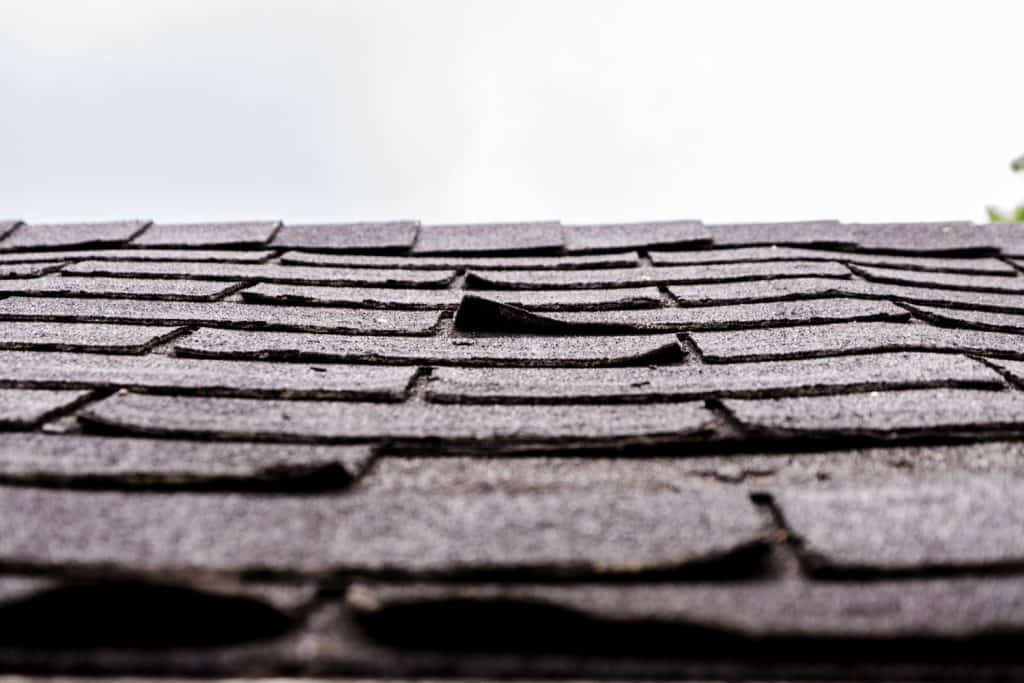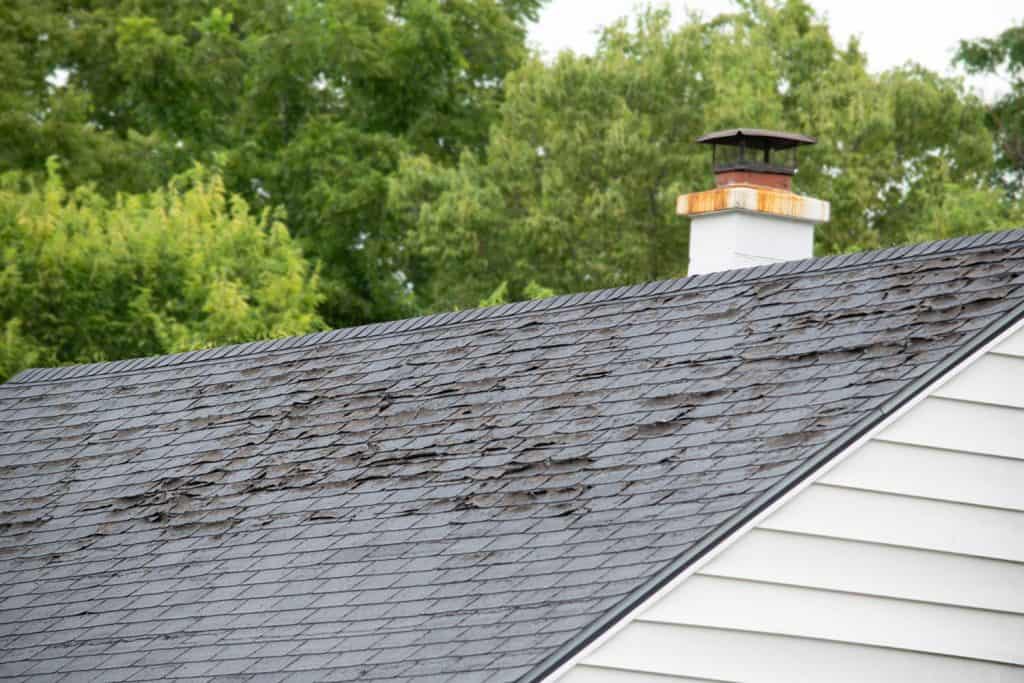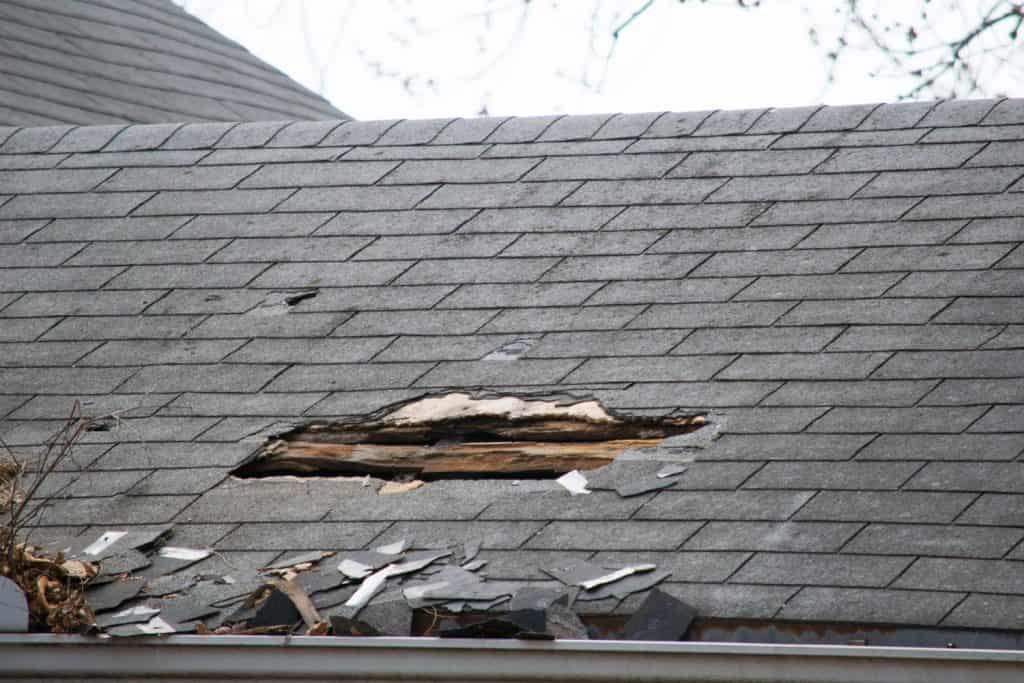Plywood is constructed out of thin veneers, and when these layers separate, it's known as delamination. A variety of factors can induce separation, but most commonly due to flawed manufacturing processes. Today, we'll look at typical symptoms of plywood delamination as well as after-manufacturing causes of plywood separation and how to save them from damage. So, What causes delamination of roof sheathing?
A floor is divided into layers or veneers, and the layer that separates the wood or paper surface veneer from the backing material is known as "delamination." This can be caused by poor manufacturing processes or water slipping between the gaps and coming beneath (i.e., from incorrect washing).
This is a common problem among many people. It might be caused by factors such as:
- Incompatible materials were combined.
- Too much mold release agent is being used during the molding process.
- The cavity temperature should be lower than the melting temperature of your product.
- Excessively damp conditions.
- The corners of the gate and runner are sharp.

What is the delamination of plywood?
When the glue that holds the two veneer pieces together fails, plywood delamination occurs. The cases would be for plywood that is exposed to high heat (which melts the glue) or a lot of wetting (which can dissolve the glue or encourage decay).

Signs Of Delamination
If you can check plywood before purchasing it, keep the following signs of delamination in mind:
- A lump or bubble on the surface of the wood is a sure sign that it has delaminated.
- Expanded edges: Excess moisture is one of the most common causes of delamination. If the wood was exposed to too much water and is beginning to delaminate, swelling at the edges or corners of the plywood may be a sign.
- Blows: Blows are holes inside the plywood caused by moisture. Moisture may transform to steam during manufacturing if there is too much of it, causing hollow cavities that are usually not visible until you cut into the wood. Handle the wood and listen for a hollow sound to check for blows.
Causes of Delamination and Ways to Prevent It

Even if you purchase high-quality plywood, it might delaminate over time if the wood is mishandled or exposed to high temperatures or moisture. The following are some of the most frequent heat- and moisture-related plywood delamination problems:
- Clamping too much pressure on the plywood by placing nails or screws too close to the edge might result in the outside layers bending up or down. This allows dampness to seep between the layers, causing delamination.
Prevention: Prevent it by keeping nails and screws at least 1¼ inches from the plywood's edges and corners.
- Water from leaking windows, facets or roofs may seep through carpet or linoleum and delaminate the plywood used to build the house's frame. Homeowners might be unaware of delamination until they discover a lump beneath their flooring in these situations.
Prevention: Shoring up any leaks and keeping an eye out for any strange bumps or lumps, which may indicate a possible problem.
- When your home is not vented during the summer, it can get hot and humid in places like attics and crawl spaces. The air becomes trapped without a vent to release extra moisture. After long-term exposure to moist air, your walls, floors, or even the underside of your roof may begin to delaminate.
Prevention: Adding ventilation to areas that are exposed to high heat or excessive moisture.
Is it possible to repair the delamination?
Water damage can worsen these cracks and may originate as stress fractures. However, after water enters the foundation behind the fiberglass, the repair becomes more costly. If you see any signs of delamination in your roof to prevent serious damage, take action immediately. It's easy to repair small cracks before they get too big. If you detect early indicators of delamination on your roof, act right away to preserve it from major damage.
How do you repair paint delamination?
If your paint is fading, you'll need to remove it from the damaged area. Scrape off all loose paint using a wire brush or paint scraper. Make any necessary adjustments. You may have some cracks or holes after removing peeling paint; these should be addressed before repainting that area.
What is the difference between delaminating and laminating?
If the physical, chemical or mechanical bonds that keep it together are broken for any reason, debonding will occur. Delamination means the separation of the layers of reinforcement or plies in a laminated material, which is often a composite.
What's the best way to repair peeling plywood?
How to Repair Plywood
- Cut off blistered or peeled laminates from the mainboard using the router.
- Use the coping saw to cut patches for holes in identical-thickness plywood.
- Clean all trimmed and sanded surfaces.
- To avoid the epoxy from getting on your delicate surfaces, wrap the edges of your repairs with masking tape.
Which is the best way to glue veneer down?
Loose veneers may be re-glued. Glue the base wood, then press the veneer into place and clamp it firmly. Remove any old glue residue from the back of the veneer and the base wood first. Scrape as much of the old glue away with a sharp craft knife or razor blade and be careful with the process.
How can you tell when it's time to replace a roof?

Signs that show you need to replace your roof include: Shingles have curled, or shingle tabs are cupped. Granule-free areas where the shingles have fallen away. Your roof is at least 20 years old, and many shingles today are designed to last a long time. Many factors may speed up the deterioration of shingles, including temperature extremes, acidity in your environment, extreme winds, and ice load applications.
What can you do if your plywood has been damaged by water?

- Step 1 -Remove the damaged plywood siding.
- Step 2 - Remove the nails from the studs.
- Step 3 -Tidy up the edges of adjacent siding pieces.
- Step 4 - Replace Old Siding With New.
- Step 5 - Nail the Siding to the Pole.
- Step 6 - Caulk around the New Piece.
- Step 7 - Stain or paint.
Is there anything wrong with the gaps in my roof sheathing?
Occasionally, plywood or OSB was laid directly over the boards. The minimum distance between roof sheathing boards for low-quality, 3-tab shingles is 1/4 inch. Over time, these gaps may telegraph through and become evident if asphalt shingles are put over sheathing with more than 1/4 inch openings.
